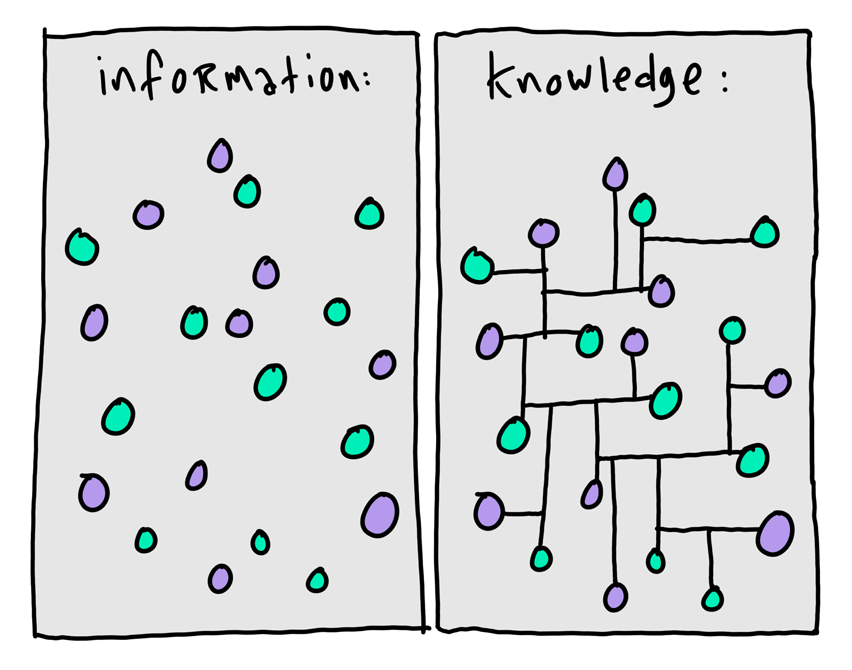Back in undergrad, I remember being fascinated by the notion of Kolmogorov complexity in computer science.
Put simply, the Kolmogorov complexity is the minimal length (number of lines) of the code needed to generate a signal, would it be a mathematical sequence (such as one listed in the OEIS) or an image, irrespective to the size needed to store it. It bears deep relations with the notion of entropy (a great book on the topic is Information Theory, Inference, and Learning Algorithms by the late David MacKay.)For example, a series of eight billion ones in a row would require 1GB of memory, but can be written in a few lines of code:for i in 1:1e9; print 1; end
(To some extent, this is why computer science is often problematic, since one of the goal of a good code is sometimes to reduce its Kolmogorov complexity, but the final code does not show all the lines that have been erased to get there…)In the field of arts, culture and science, this description seems naive: can you really generate a book based on a script, or has it infinite entropy?In the age of the Internet, can we do better?update 6/10/2019: I’ve seen recently on Twitter the embodiment of these ideas, see Nicole R.‘s thread. Way to go!Science is organized knowledge. Wisdom is organized life.
– Immanuel Kant
URLs and Link shorteners
Digital Object Identifiers
I believe Twitter is actually an excellent way to link information: it has identifiable information, a short link and the data.
